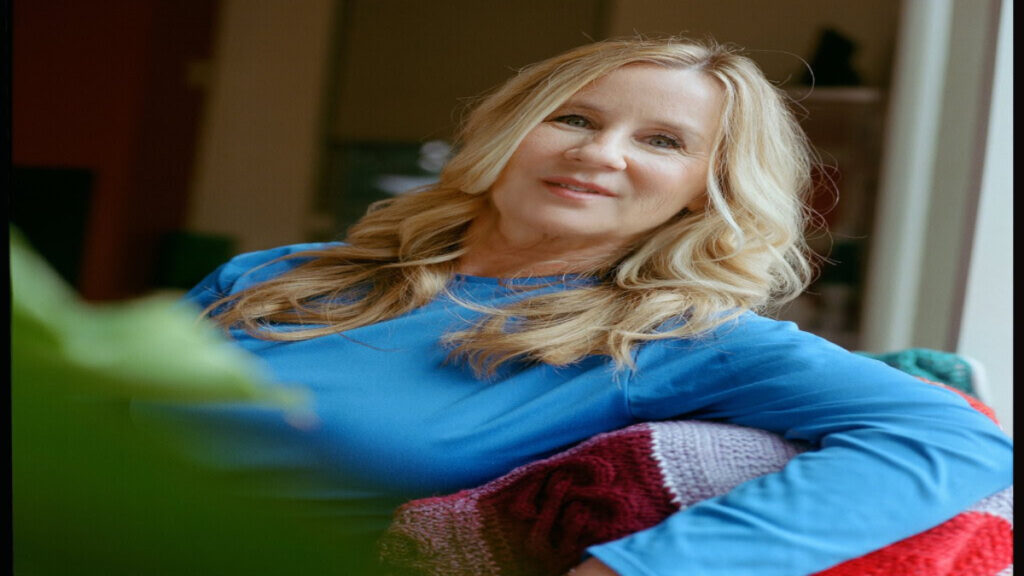“Indelible in the hippocampus is the laughter.” Christine Blasey Ford’s phrase describing her assault rang out in the Hart Senate Office Building.
The phrase described her memory of being assaulted by Brett Kavanaugh at 15. Kavanaugh, two years older, was involved while his friend watched.
Blasey Ford’s memoir, “One Way Back,” was published more than five years after her congressional testimony. It’s an important addition to the public record and serves as a retort to Senator Chuck Grassley’s lengthy memo on the investigation.
However, it’s described as prosaic. A Big Book like this marks the final step in the journey through the American media. This journey can feel dizzying and wearily familiar. Previously termed a “spin cycle,” it now resembles a clown car navigating a car wash tunnel.
ALSO READ: Supreme Court Justices Gorsuch, Thomas, Barrett, and Kavanaugh Sign Dobbs Opinion Without Revision
Blasey Ford is a research psychologist, professor, and avid surfer. She uses surfing as a metaphor for her ordeal. At one point, she tells her lawyers, “You made me paddle out.” This occurs when they advise her not to testify after weeks of preparation.
She emphasizes that in surfing, “You never, ever paddle back in once you’re out there.” Blasey Ford compares catching the wave to proceeding with her testimony. She acknowledges that wiping out is a possibility but insists on moving forward.
“One Way Back” recounts the journey of swimming away from the Eastern power establishment. Blasey Ford finds herself drawn back into its undertow. Despite living in suburban Washington, D.C., her parents, who lacked college degrees, prioritized providing their children with top-notch education.
POLL — Should Donald J. Trump Be Allowed to Run for Office?
Blasey Ford was one of three children benefiting from her parents’ commitment to education. Christine, the youngest, attended the all-girls Holton-Arms in Bethesda. Her social circles intersected with Kavanaugh, a student at the all-boys Georgetown Prep.
She found solace in reading “The Great Gatsby” and “Mutiny on the Bounty.” These books provided commentary on her circumstances and depicted escape from a clear social hierarchy.
Blasey Ford recalls the hypersexualized high school party scene glamorized in 1980s movies. In such a milieu, she recounts being attacked with no apparent avenue for recourse.
Blasey Ford remains confident that Kavanaugh is in that room, but she isn’t solely focused on bringing him down. She reflects on what might have happened if Kavanaugh had approached her and admitted uncertainty, expressing remorse.
ALSO READ: Florida Woman Files a Lawsuit Against Lyft, Alleges a Driver Raped Her
She suggests that such a moment could have been significant and therapeutic for survivors in general. Blasey Ford admits that she might have wavered if Kavanaugh had shown genuine remorse and accountability.
The narrative is filled with “teams” of high-powered individuals, including lawyers, politicians, public relations experts, and journalists. Amidst this crowded scene, there’s a longing for a quiet, human, adult confrontation and forgiveness.
Blasey Ford’s account leaves readers wanting more about Mark Judge, Kavanaugh’s friend, who she claimed was present during the incident. Despite talk of a subpoena, the Judge remained elusive during the proceedings.
He published “The Devil’s Triangle: Mark Judge vs. the New American Stasi” in 2022, adding another layer of intrigue to the story.
You Might Also Like:
Legal Experts Condemn Trump’s New Hush-Money Trial Defense, Say It’s “Laughable”
Wendy’s Set to Launch New Orange Dreamsicle Frosty Flavor to Kick Off Spring
Powell Warns US Is on an “Unsustainable Fiscal Path”
Former Wall Street Banker Challenges Ocasio-Cortez in Democratic Primary
Chrysler CEO Bob Nardeli Warns of Shift in the Labor Market
